Teaching Teachers:
Writing Workshop
for High School

I over-planned for my six hours of PD, and was full of anxiety about the teachers I would be meeting. What would they be like? Could I have anything useful to give them?
They turned out to be a group of enlightened educators who valued the EXACT same ideals as me and my colleagues on Long Island. They felt hemmed in by the "standards" and knew that, as English teachers, they could do more for their students than give them the tools to write an essay and force-feed them through the testing machine. They knew the Common Core had more to offer than just text analysis and source-based argument. And, of course, they knew that a full day of PD just before school opening would most likely suck eggs.
They prepared for the worst and hoped I would have something interesting, valuable, and energizing to show them.
I think I succeeded.
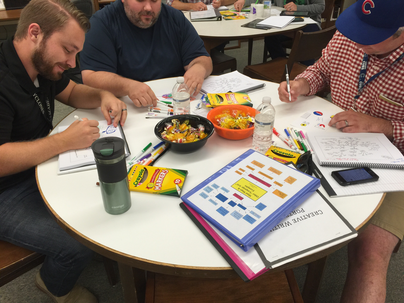
In fact, they had a photocopy of Beers-and-Probst's signposts between them as they discussed integrating the ideas into their upcoming year.
My people! I thought.
I excitedly told them how I had written a blog entry about Notice and Note that the authors showcase in their workshops. "It's actually a part of today's conversation," I said. "I'm going to show you exactly how I use the signposts in my class." They were as thrilled I was: It was 7:55 am and we were already bonding over a shared love of pedagogy.
Ha! How wonderful!
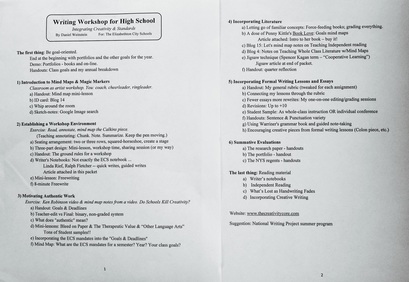
Naturally, I opened up exactly as I begin with my students: packs of colorful magic markers and an explanation of portfolios.
I explained the importance of setting that long term goal -- to create a book of your own original writing & language art. This is PBL (project-based learning) at its finest, and this goal supersedes even our CCR goals, namely the state exam tasks of reading comps and essay skills.
The portfolio gives everything else meaning. It emphasizes that student-created art is at the heart of the class. Everything we read, every lesson we learn, makes sense because students know it will feed THEIR art. Setting the long term portfolio goal helps kids invest themselves into the whole course.
Click here for my blog on portfolios: Ending Where We Started.
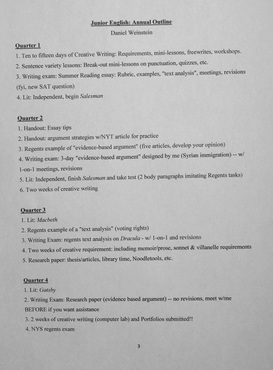
Teachers always want to know how I incorporate the creativity into a standard class or an AP class. I explained that I make certain sacrifices to get it in: namely, fewer whole class books. Then I showed them this overview of my past year. It demonstrates how I approach planning out a marking period: I begin by devoting 2 or 3 weeks in each to Creativity Workshop. Do that and by the end of theater, you've given 8-12 weeks of class time to their creative work, their authentic writing, their portfolios.
One thing I've gotten better at during the past 25 years in this career is seeing the arc of a whole year and knowing how to scaffold and build to my year-end goals. This sheet demonstrates how to mix in everything -- writing lessons, reading instruction, standardized test prep, etc. -- to build to the "summative evaluations' that end a course.
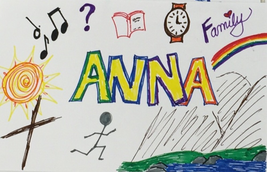

We learned that we had lots of baseball fans in the room -- one each for the Cubs, Red Sox, Dodgers (and, of course, the Mets!). We had a roomful of passionate readers and heard a bunch of great quotes from great books. We had a snake owner in the group! There was a cat lover among us. Plenty of parents were in attendance, and the love for their children was inspiring.
The atmosphere ("classroom culture") was established, and they seemed so happy to be learning techniques that can be applied in their classrooms!
Next up: How exactly do you set up a workshop?
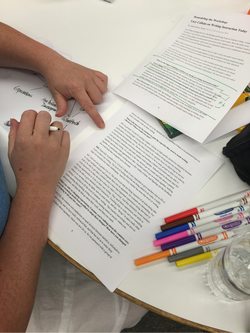
This piece was perfect!!
a) It is entirely about using the workshop model, even in secondary schools.
b) It addresses concerns about the CCR and workshop teaching intertwined.
c) I could use it to show how I teach reading: through note-taking. First, they had to "chunk, annotate, and summarize" as they were reading -- and with colorful markers! Then, they had to turn their notes into mind maps.
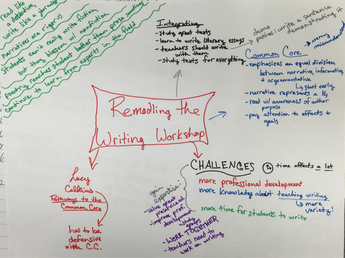
These photos are examples of what it looks like when "discussion" is turned into "note-taking."
Throughout the process we learned so much about Calkins' thoughts on the workshop model and how to implement it into our classrooms.
The structures come from two key handouts: the workshop expectations and the quarterly goals and deadlines. These handouts provide all the motivation and structure needed to turn your class into a true artists workshop.
I don't publish it on my blog, but I took the teachers through my entire opening day handout. This explains EVERYTHING students need to know about the expectations in my workshop. "It is vital that you establish these expectations and set goals for students in the workshop," I said.
Click here to read more on "goals & deadlines".
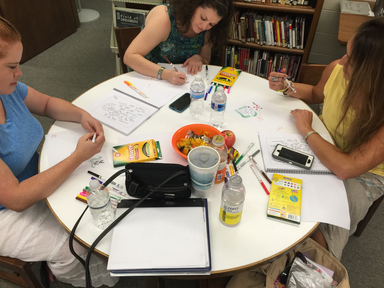
I explained that I have created over 50 mini-lessons, and I took them through three of the most critical ones: Bleed on Paper, The Therapeutic Value of Writing, and Other Language Arts.
The Bleed lesson teaches pupils the most essential fact about authentic writing: it has to come from the heart. Teachers can't tell students what to write about; in fact, it's just the opposite. Students must tell teachers what they want to write about.
The Therapeutic Value lesson teaches students the benefits of real writing: You can process your problems, contemplate important matters, and reach important conclusions through writing. Common Core essays will NEVER attain these elevated and important outcomes.
My lesson on Other Language Arts is covered in this blog entry. This is also the theme of my upcoming poster presentation at NCTE 2016 in Atlanta. It is the lesson that gets students thinking far outside the box and creating cartoons, pie charts, photo-writing combos, stream-of-consciousness works, and a host of other styles.
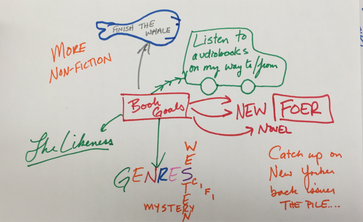
Now I hit the second half of the day's work: Incorporating the workshop techniques in other aspects of the English classroom.
I began by talking about teaching literature. The focus here is well-known to devoted readers of my blog:
a) Inspire a love of reading through an Independent Reading program.
b) Use mind maps -- and Notice & Note -- for the few whole-class selections you choose to study.
Click on those links to read more about these ideas, but the basic premise begins with students mind-mapping their Reading Goals -- so, that's exactly what these teachers did.
Side note: Most people will write the names of books they hope to read during this exercise. But, I showed them this one student example where the goals are completely different: Read a book my mom suggested; Read a book on Mr. Weinstein's shelf; Read a book from the librarian's presentation ....
You can see from these two examples how inspiring this one sample was.
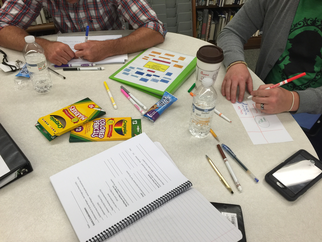
Recently I have had success with this technique when teaching whole-class novels. It helps me address this issue: How do you teach a book to a whole class if nobody is doing the reading?
My model looks like this: "Today we are going to discuss chapter 3 of Gatsby. Everybody will get ONE PAGE to read, mind map, and then tell the class something from it," I say. Then I assign each person one page, or if it's a short chapter two kids to one page. I give them fifteen minutes to read and mind map their pages before doing the whip around the room.
I am in love with this technique, and I shared it with these teachers. I had hoped to get them to experience the strategy, but I was running out of time and had plenty more to cover. Trust me: Experiment with this idea.
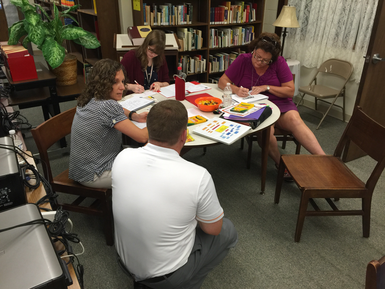
Most of this material is covered in this blog entry on teaching essays through revision. I wanted to take them through some of the exact steps I do with my students. Namely:
1) Using rubrics and connecting those rubrics to my breakdown lessons. For example: if the rubric mentions "sentence variety" or "transitions into and out of quotes" I make sure to do mini-lessons on those ideas.
2) My exact lessons on punctuation and sentence variety. There's more to life than just commas and periods; the short sentence; some rhetorical tricks; and a few other items of interest are covered in these handouts. Basically, they teach students exactly how to score more points on the rubrics AND actually improve their writing!
3) Read and grade an actual student essay. I love to do this with my classes and with the teachers I'm teaching. You have to show them exactly what is "outstanding, adequate, or inadequate" about an essay. Not familiar with those terms? I learned how they connect to rubrics at an AP Conference. So easy -- they give you and your students a common vocabulary for discussing writing. "Do you see any outstanding writing here?" is one of my favorite phrases.
4) Demonstrate how students can combine our creative goals with the formal essay lessons. I showed them the three pieces below and a few others that demonstrate how easily students can "cross-over" between the class lessons and the portfolio requirements.
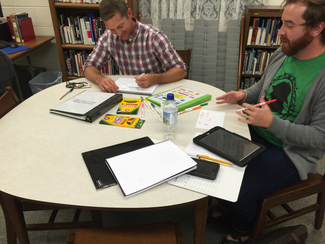
1) The research paper. I always wait until 3/4 of the year is over to do the research paper because I want the most time possible to have taught them some writing lessons. For me, it's all about student-choice and standards.
The assignment addresses the CCR: Make an argument while citing high-level texts. Students may design any argument they like, but I encourage them to find something in the New York Times or something they've learned in school.
Giving them this leeway creates excited, passionate students who are making inquiries into fields that hold their interest. Some arguments I read this year include:
a) Penn Station's restructuring plans need an overhaul.
b) You should never use a tanning bed, and they should be illegal for minors.
c) The most recent Supreme Court cases on the matter should strike down affirmative action in college acceptances.
d) To win the war against ISIS, the US needs to strike at its financial pipeline.
2) The Portfolio handout. The whole year has led to this moment, so what exactly do the students have to do? It's all explained here -- along with a bunch of suggestions for how they can tackle 8 pages of reflection.
Yes, 8 pages. As detailed in this blog entry, I get my students to write a lot of reflection throughout the year. I believe in reflective writing because of its unique ability to get students to introspect, to think about their lives, and to contemplate the nature of their schooling. I'm not sure I ask student to do anything more important all year long as these 8 pages.
3) The Regents Review. These documents tie everything together: the essays, the grammar, the sentence variety, the reading, the research ... and makes sure kids are prepared for the State Exams.
The teachers were given a ton of tools, techniques, strategies, and handouts that they can use in their classrooms immediately. I know most educators appreciate concrete benefits from a day of PD.
I hope to do more of these in the future!
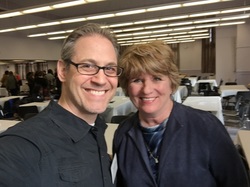
That's Kylene Beers, co-author of Notice & Note. This picture was taken of us at the 2016 NYCWP annual conference at Lehman College.
I encouraged all the teachers at Elizabethton to do a National Writing Project Summer Institute.
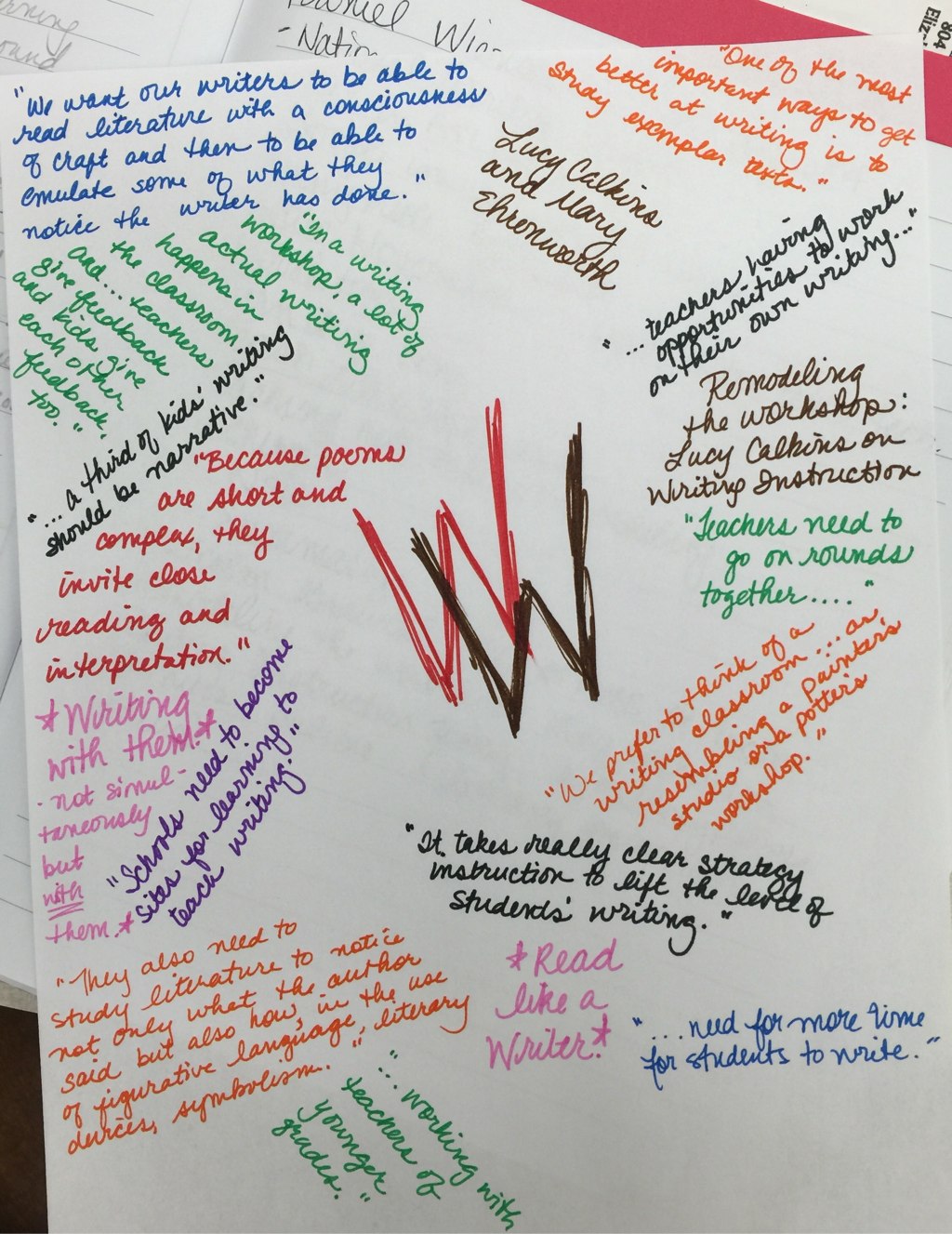
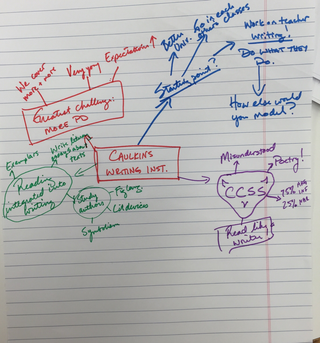
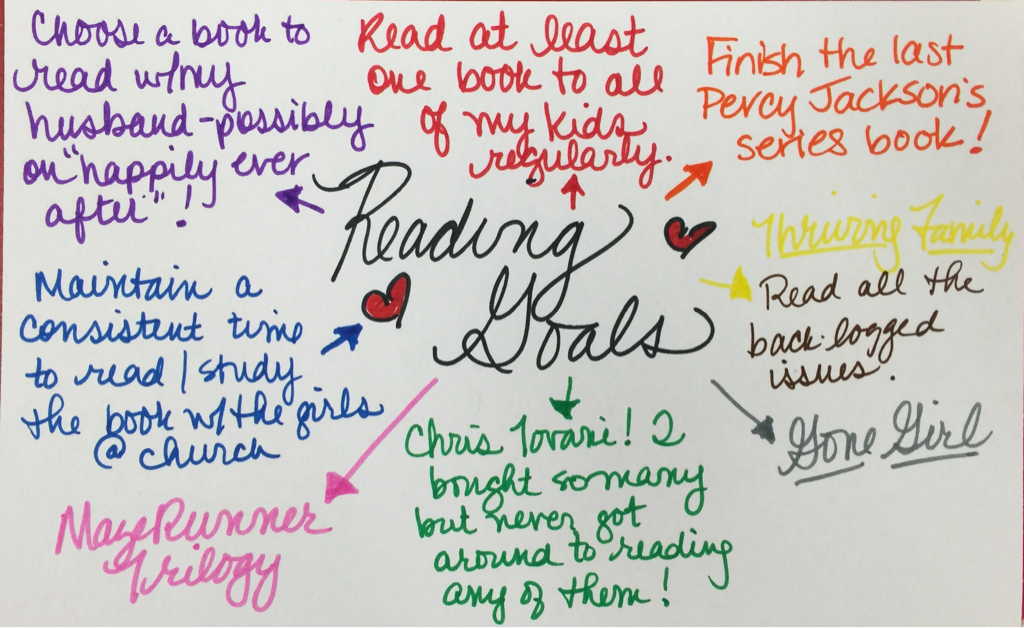
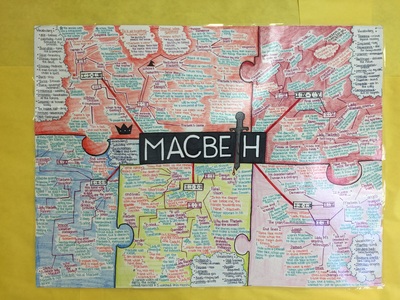

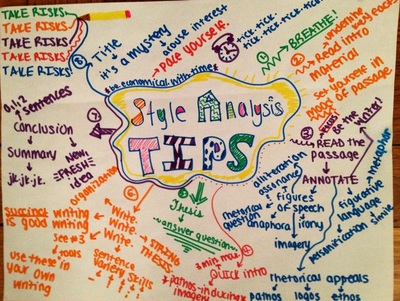
 RSS Feed
RSS Feed